Setouchi: Japan’s Hidden Sushi Region
(Content and photos courtesy of Setouchi DMO) Setouchi is the soothing, authentic region of Japan spanning 700 islands and 7 prefectures surrounding the Seto Inland Sea. The abundance of water plus a diverse climate yield some of the quirkiest culinary experiences in this fascinating country. It may look exactly like San Francisco, down to the famous bridge, but it is a planet away in its essence and experience.
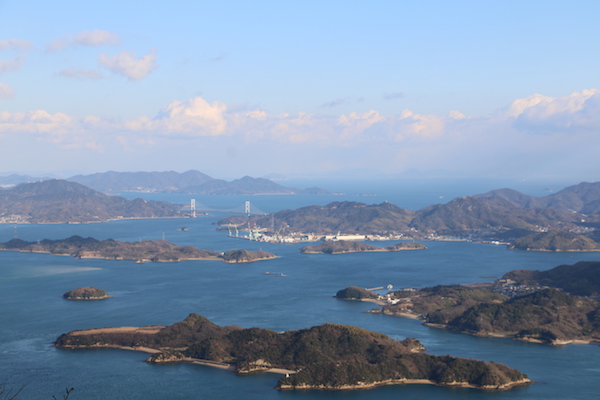
Hidden Sushi? Bara Sushi looks simple on sight but turn it upside down and you discover that it’s full of gorgeous ingredients hidden inside. The roots of this sushi date back to the lords of Okada during the Edo era, when extravagance was banned. The people of his territory were not convinced by this, so they put the fillings into the bottom of the bowl then put rice one top of the fillings. In the public, they pretended to eat just rice then turned it over and ate if no one was there.
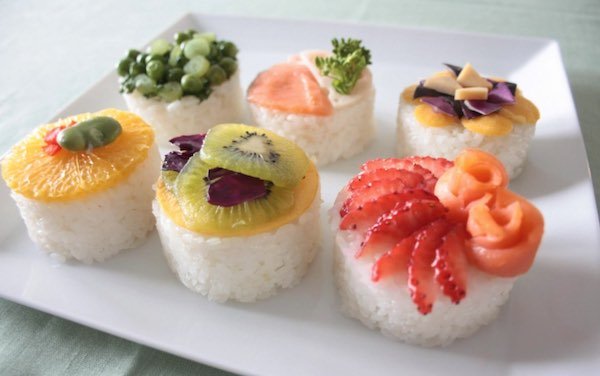
This is said to be the beginning of “rose sushi”. While the term ‘Bara-sushi’ is a generic term, it can be called different names, such as ‘Kakushi-sushi’ meaning Hidden sushi,’ Okayama bara-zushi’ or ‘Matsuri-sushi’. The name depends on the locality and the shop, but they all use variety of seasonal fish and seafood from the locals.
The fish that is indispensable for this “Bara-sushi” is a herring companion called “Mamakari” that is often caught in the Seto Inland Sea. The total length of this fish is about 10 to 20 cm, and the body is flat on the left and right like a leaf, and the belly is below the back. The word ‘Mamakari’ is derived from the fact that the tasty fish, especially the pickled vinegar of version “Mamakari ” was so delicious it influenced people to use up all the rice in their house and had to borrow (=Kari) some rice (=Mama) from a neighbor’s.
Udon Taxis are just one of the truly fun experiences that visitors can have with absolutely authentic but often esoteric culinary finds. This traditional Japanese noodle is so popular in the Kagawa Prefecture that there are more Udon shops than convenience stores. It’s common to see huge queues of people waiting in line at the most popular. If you want to eat Sanuki Udon locally, designated drivers of “Udon Taxis” take their fares to the best. These are places not mentioned in guidebooks and that most tour guides don’t know. Along with the ride, drivers tell passengers stories of the history and culture of Sanuki udon, how to order and how to eat it, and other information that only a local with extensive knowledge of Sanuki udon can provide. In order to become an ‘udon taxi’ driver, three rigorous tests must be passed : a written, practical and practical (actual udon making test). And to include more visitors in this experience, there are also English-speaking drivers.
Iya in the westernmost part of the Tokushima Prefecture has temperatures that differ between day and night, making it the ideal condition to grow high quality buckwheat that turns into Iya Soba- rough, thick short noodles found in so many of the region’s eateries.
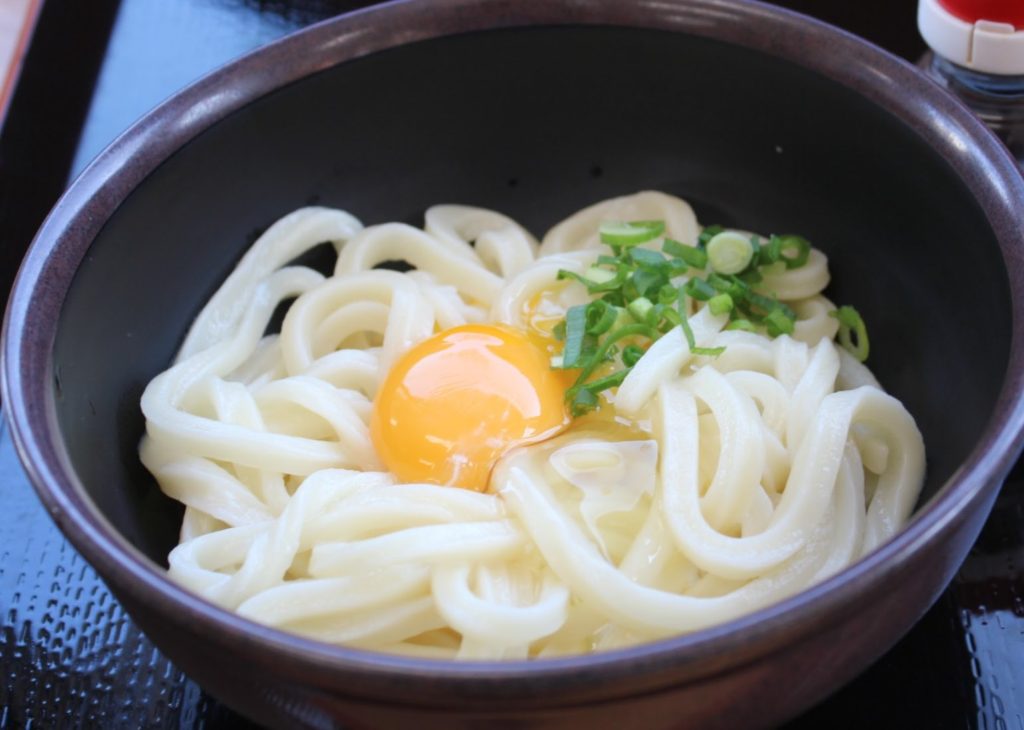
Dango is a traditional Japanese confectionery made by rolling and steaming or boiling grain flour with water or hot water, traditionally found in Okayama. Kibi Dango has two meanings. One is a treat of dumpling sweets made from grain millet called “Kibi.” Japanese millet has been a staple food in Okayama since ancient times. Also, in the famous fairy tale “Momotaro” in Japan, it is known that dogs, pheasants, and monkeys are given “Kibi Dango” to get companions.
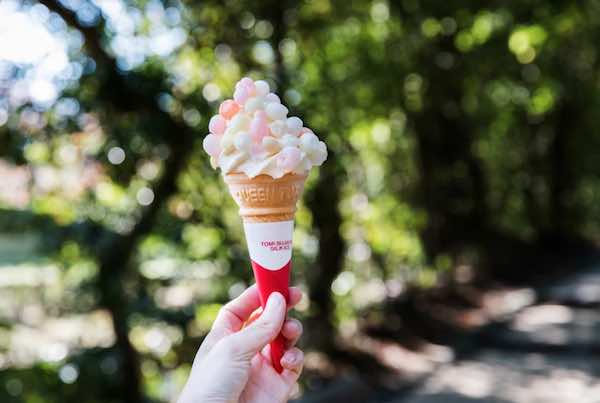
There are several types of exceptional beef found in the Setouchi region that have gained world renown.
Olive Beef is a rare form of Japanese Black Wagyu beef that are raised eating olives that have had their oil extracted, along with seafood and vegetables
Agyu is a Japanese beef cattle breed is derive from native Asian cattle. ‘WAGYU’ refers to all Japanese beef cattle, where ‘Wa’ means Japanese and ‘gyu’ means cow.
OLIVE BEEF- made from a rare form of Japanese Black Wagyu beef that are raised eating olives that have had their oil extracted, along with seafood and vegetables
Wagyu beef is distinctive because it is highly marbled. Marbling refers to the visible layers of intramuscular fat. … The higher the marbling score, the more flavoursome, tender and juicy the meat is – 100% full-blood Wagyu cattle has the highest marble levels of any beef in the world. For more four articles on this beef, please see //localfoodeater.com/tag/cooking-wagyu-beef/
AGYU – a Japanese beef cattle breed – derive from native Asian cattle. ‘WAGYU’ refers to all Japanese beef cattle, where ‘Wa’ means Japanese and ‘gyu’ means cow.
Wagyu were originally draft animals used in agriculture, and were selected for their physical endurance. This selection favored animals with more intra-muscular fat cells – ‘marbling’ – which provided a readily available energy source. Wagyu is a horned breed and the cattle are either black or red in color.
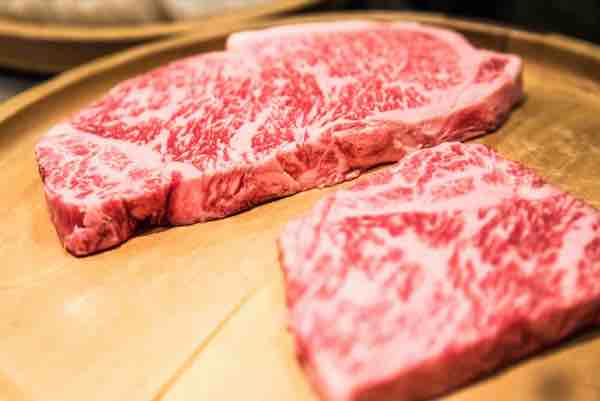
Hiroshima is home to several famed Sake breweries. With the advent of a method in the Meiji era, the Japanese Sake brewing industry flourished. The area around the Nishijo Sake Brewery Street, where the sake breweries are lined up, has been selected as Japan’s 20th Century Heritage as the “Nirojo Sake Brewing Facility Group”. One of the most famous sake breweries is “Kamotsuru Sake Brewery” and “Kamoizumi Sake Brewery”, and “Daiginjo Special Gold Kamotsuru” of “Kamotsuru Sake Brewery” is also famous for being drunk by President Obama when he visited Japan.

 Gerry Furth-Sides
Gerry Furth-Sides  Barbara Hansen
Barbara Hansen  Chef-owner Alain Cohen
Chef-owner Alain Cohen  Roberta Deen
Roberta Deen  Jose Martinez
Jose Martinez  Nivedita Basu
Nivedita Basu